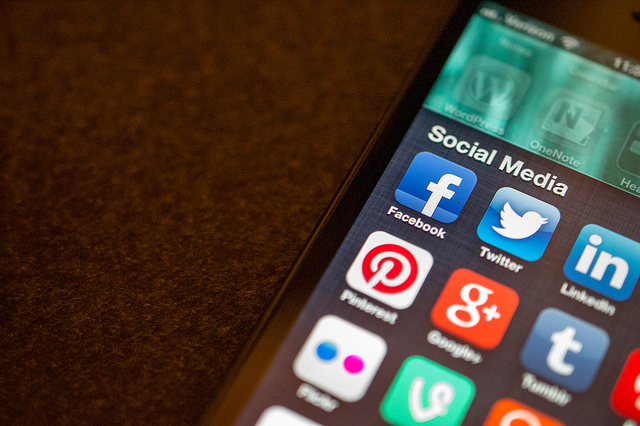I sometimes get the feeling that some of today’s leaders are just waiting for “this whole social media thing” to pass. I get the sense that leading a conversation that aims for whole-hearted, organization-wide adoption of social tools seems idealistic, unrealistic and that the best solution might be just to “wait it out” and “see where it all goes.”
I’m sorry to be the one to do it (though I’m sure there are others who came before me), but I have to deliver the wakeup call. This is not some cute little trend that kids are doing. This is not the wave to let pass.
This is not a drill.
The World Changed Underneath Their Feet
I couldn’t find an exact number, but according to one study I found, the median age for an S&P 500 CEO is 55. If we take that to assume most CEOs across the globe are between 40 and 80, we can see one of the reasons why many CEOs may have trouble grasping social business.
The world looks a lot different than it did even 5 years ago, and remarkably different than it did 10 years ago. Go back even further to consider what it looked like during the current CEO’s childhood, and we’re obviously “not in Kansas anymore.” In fact, compared to the average CEO’s childhood, the world couldn’t be much more different than the Land of Oz.
- The average (55) CEO, was born in 1958. This is a person who was alive for nearly 40 years before the internet became a significant part of their lives, and that’s if they were early adopters.
- This is a person who was alive for nearly 50 years before the birth of the true smartphone movement (I’m looking at you, iPhone).
- The entire concept of a social business model only emerged in the most recent 25% of the average CEO’s lifetime, and that’s if they were even paying attention.
How can we not expect skepticism when the world is so fundamentally different than what many CEOs have dealt with for the majority of their lives?
How BIG is the shift?
I would contend that the shift in the world is so massive that, like an ant looking at a shoe, it’s almost unrecognizable. When you look at the numbers, it’s staggering. Can we really comprehend what an exabyte is, much less what 2-5 of them per day is? Because according to a variety of sources, that’s about how much data is being generated by humans every day, and it’s increasing. The tidal wave of that data is user-generated.
We’re in the midst of an industrial renaissance just to build computing machines capable of parsing through such massive piles of data to make any meaning out of it at all.
And it’s not just data, it’s connectivity. People are more loosely connected than ever before and communicating with one another in fundamentally new ways – ways that have only emerged over the last 5 years.
Much like the invention of the printing press, steam engine, combustion motor, assembly line or alternating current electricity (AC), social technologies have initiated a change in the world, and popular adoption has happened far more rapidly than any of those other inventions.
The speed of communication is accelerating. The speed of technology is increasing. People are now finding ways to get the things they want and need in new ways. They have a larger, more amplified voice than they ever have in the past. In turn, this is shifting how people behave on a daily basis.
Adaptation and Survival
This is not a fad; the genie will not go back into the bottle. In order to adapt to the massive shift that is taking place, businesses need to start over and rethink their businesses from the inside-out.
Today’s business needs to consider not just social media marketing (which is the baby step), but how the global environment of social business affects everything.
- It means looking at the business as part of the world, not just a separate profit-entity. What is the company giving back to the world?
- It means creating a company culture that resembles the world around it, one from which everyone collectively benefits by being given the freedom to speak up, contribute and share.
- It means having a business that is designed to meet the needs of a more active, vocal and fast-paced customer. Do you have enough touch-points?
- It means building a culture where the business is constantly disrupting itself to meet the needs of the marketplace through active listening, engagement and adaptation.
- It means overcoming the challenge of aligning the entire team behind a purpose so that the organization can move quickly, effectively and maintain as much influence over the brand as possible.
The business that wants to be around in the next 5-10 years needs to do this work. There needs to be a push for strategy and constant assessment.
It may sound scary to rethink the business in these ways, but I repeat, this is not a drill.
Image credit: CC by Jason Howie




